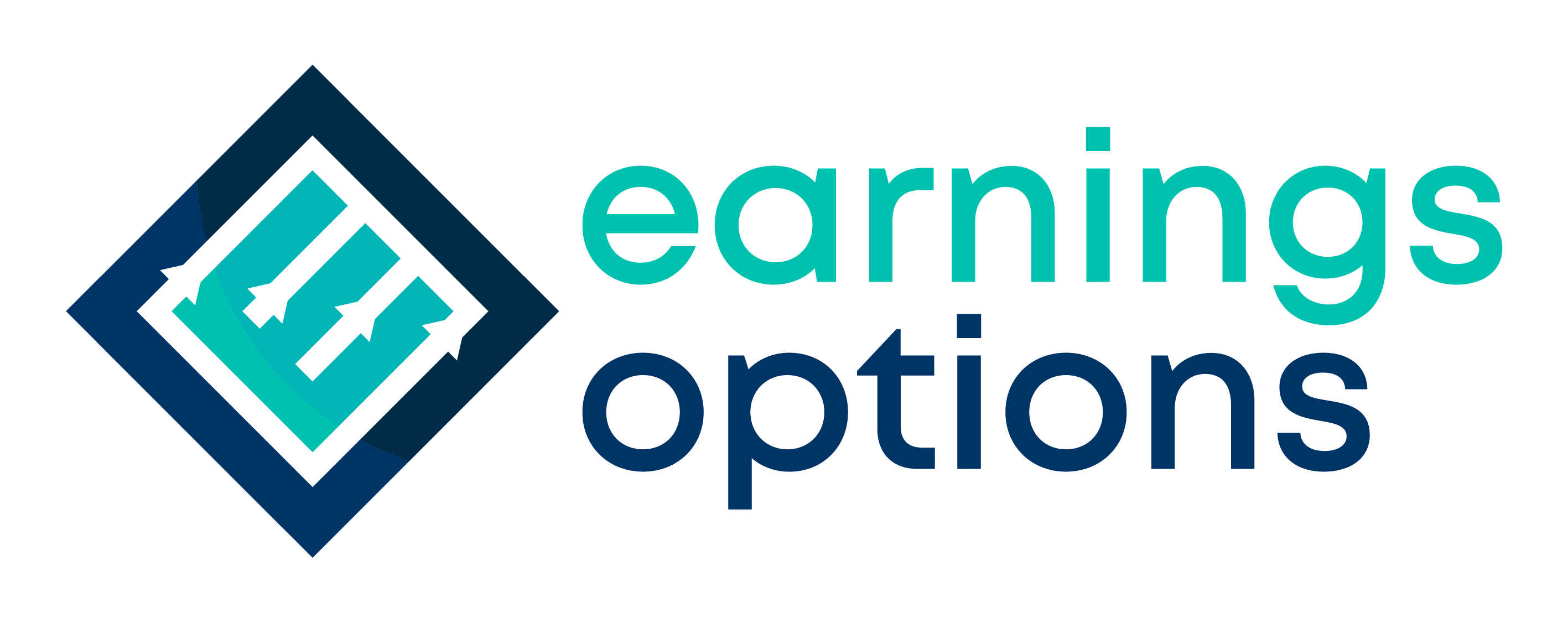The Secret World of Personal Loans
Personal loans, in their most basic form, are understood by many as unsecured loans used to consolidate debt, finance home renovations, or cover unexpected expenses. This simplicity, however, belies the intricate mechanisms at play behind the scenes—mechanisms that can be manipulated to your advantage.
Let’s unearth these hidden facets.
Interest Rates Insider Info
Interest rates, the lifeblood of any loan, are not arbitrarily set. They pivot on a fulcrum of factors including the lender’s base rate, the market climate, and most pivotally, your creditworthiness. A sterling credit history—a tableau of timely payments and prudent credit utilization—can be your golden ticket to securing lower rates.
But how do you navigate this?
First, arm yourself with knowledge. Understand that rates can be haggled over, much like the price of a car. Enter negotiations backed by thorough market research and alternative offers, and you may find lenders more pliable than you anticipated.
Second, timing can be everything. Interest rates ebb and flow with economic tides. Catching the market at a low can save you a substantial sum over the life of your loan.
The Hidden Fees and How to Avoid Them
Now, let’s slice through the fog surrounding fees. Origination fees, prepayment charges, and late payment penalties are the usual suspects that can inflate the cost of your loan. Lenders often downplay these costs, burying them in the fine print.
Your strategy?
Demand transparency. Require a full disclosure of all fees and evaluate them as part of the total loan cost. Some lenders offer loans with no origination fees; others might waive prepayment penalties. Shop around and use this as leverage to whittle down unnecessary costs.
The Prepayment Penalty Expose
Prepayment penalties are particularly insidious. Designed to deter you from paying off your loan early (and thus curtailing the lender’s profit), these fees can undermine the benefits of early debt settlement.
To sidestep this trap, scrutinize the loan agreement for prepayment clauses. Opt for loans that permit early payoff without penalty. The freedom to clear your debt should be yours, unencumbered.
Debt-to-Income Ratio and Loan Approval
The debt-to-income (DTI) ratio is a critical metric in the lender’s playbook. Calculated by dividing your monthly debt payments by your gross monthly income, it is a barometer of your financial health. A DTI ratio below 36% is ideal, but the lower, the better.
To improve your DTI:
- Pay down existing debt before applying for new loans.
- Increase your income through side gigs or negotiated raises.
- Hold off on taking new debt until after loan approval.
Enhancing your DTI ratio bolsters your loan eligibility and can secure more favorable terms.
Leveraging Loan Comparison Tools
In the digital age, comparison tools are your compass. Platforms like Bankrate, NerdWallet, and Credit Karma provide panoramic views of the loan landscape, offering insights into rates, terms, and lender reputations.
Here’s how to capitalize on these tools:
- Use filters to tailor your search to loans you’re likely to qualify for.
- Compare APRs, not just interest rates, for a true cost comparison.
- Read user reviews to gauge lender reliability and service quality.

